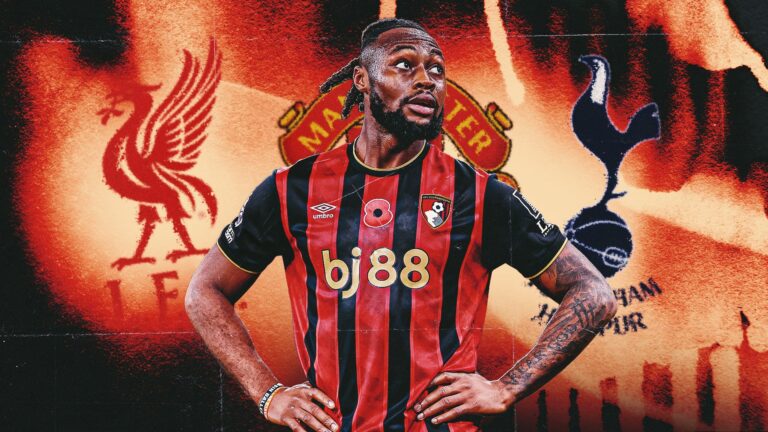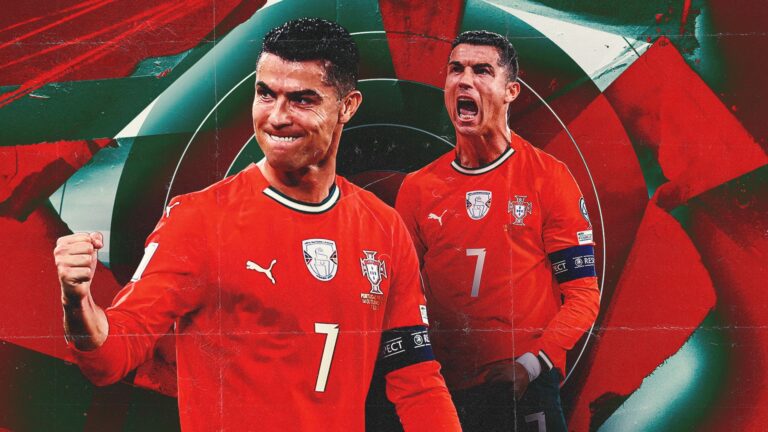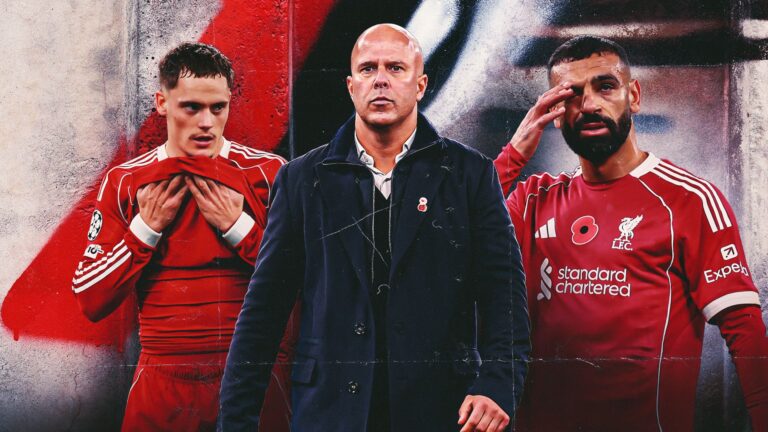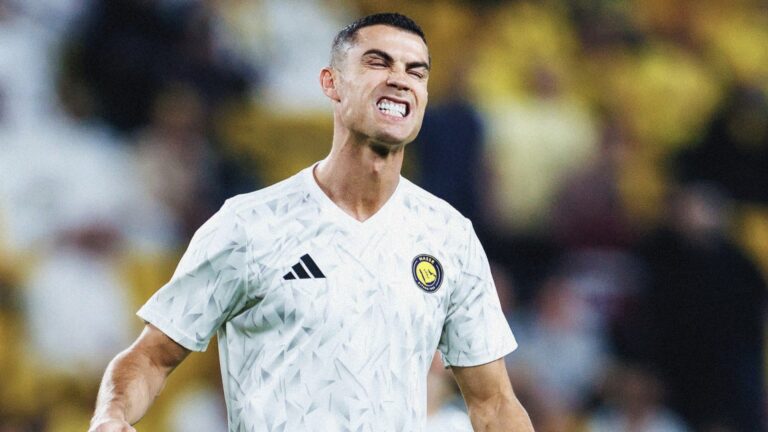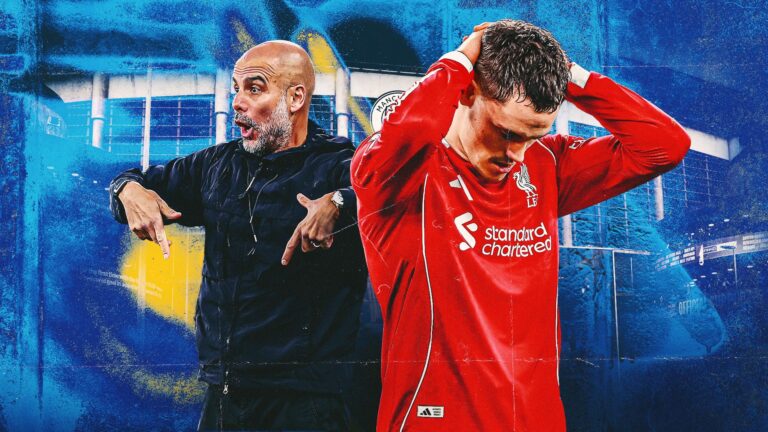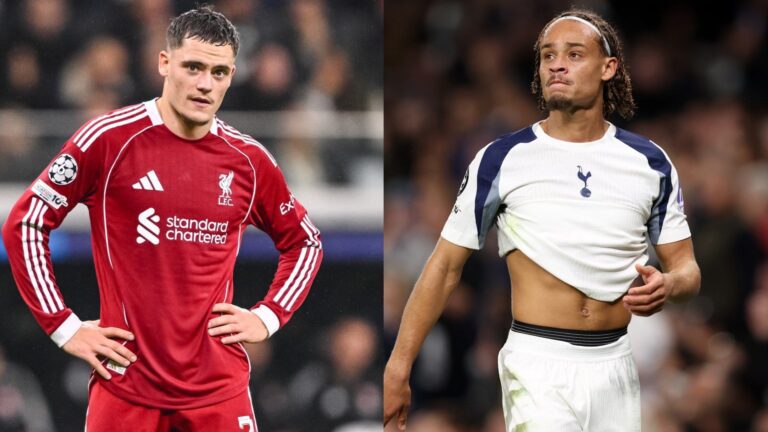



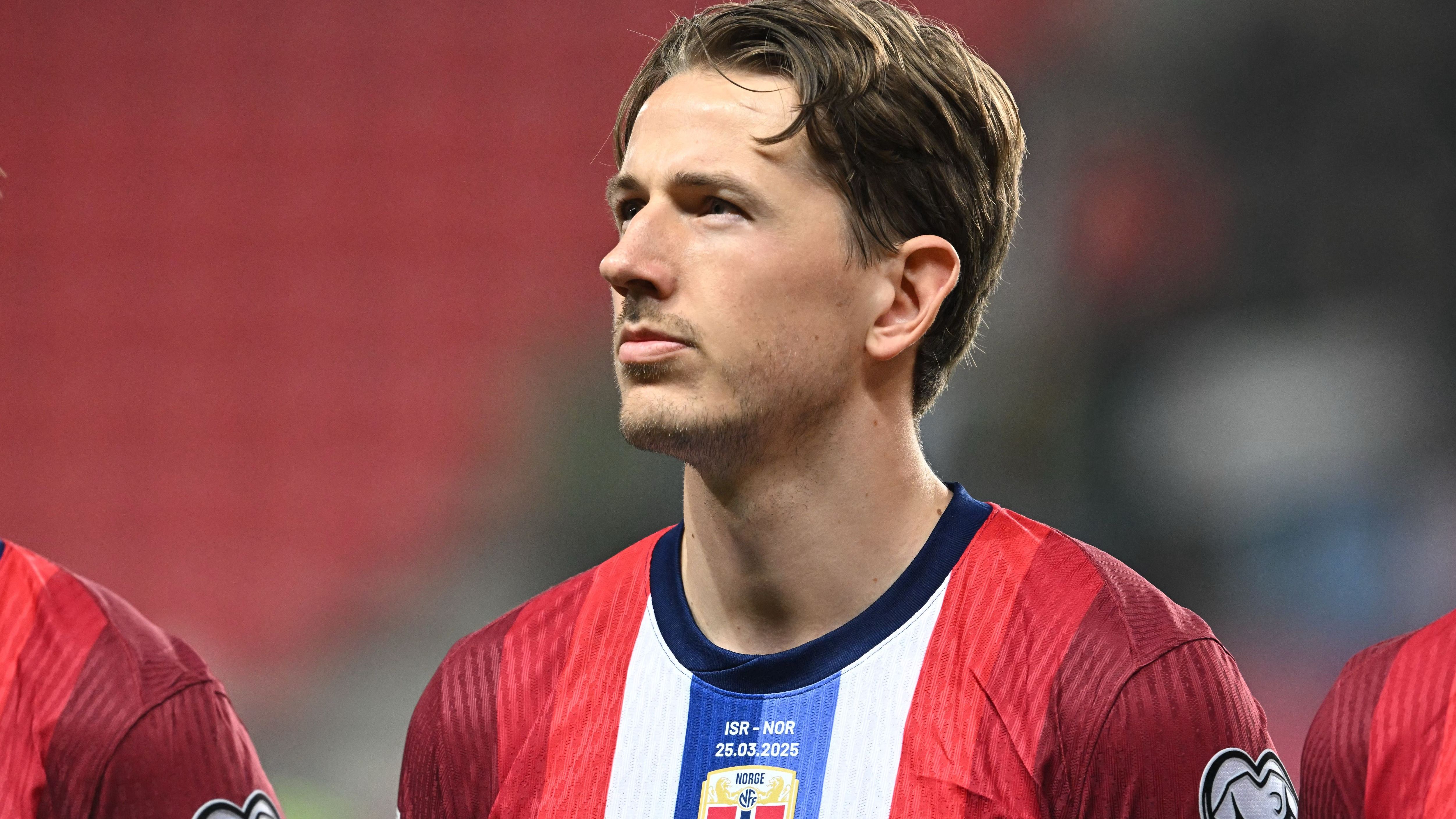

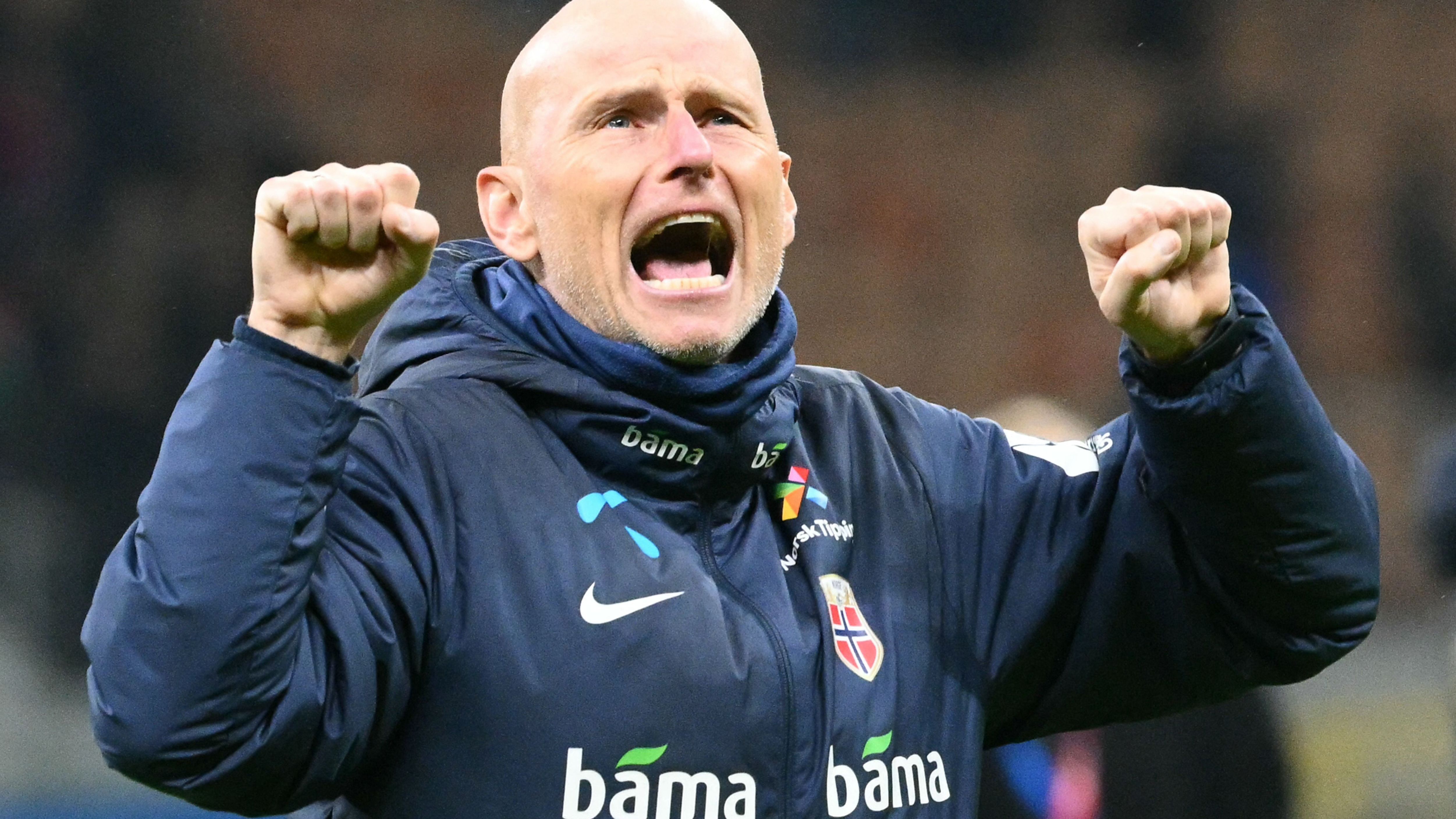
Unleashing Norway’s Hidden Strength with Erling Haaland for 2026 World Cup Triumph
In the world of international football, Norway‘s rise under the guidance of Erling Haaland has sparked excitement for the upcoming 2026 World Cup. This team, often underestimated, is emerging as a formidable contender, blending raw talent with strategic prowess to challenge the giants of the game.
Key Triumphs in Recent Matches Shaping Norway’s 2026 World Cup Journey
One standout performance came in a high-stakes clash at the bustling San Siro, where Norway mounted an incredible recovery. After trailing at halftime due to a sharp strike from Italy’s Francesco Pio Esposito, the team unleashed a barrage of offensive moves in the second period, overwhelming their rivals. Goals from Antonio Nusa and Jorgen Strand Larsen flanked a pair of strikes from Haaland, demonstrating Norway’s lethal attacking capabilities.
While Italy has lost some of its former dominance, recent enhancements under coach Gennaro Gattuso have been evident, with key players from their Euro 2020 victory lineup-such as Gianluigi Donnarumma, Nicolo Barella, Giovanni Di Lorenzo, Alessandro Bastoni, and Manuel Locatelli-starting the game. This win marks Norway as only the second squad to defeat Italy by three or more goals in an away competitive fixture, following Sweden’s achievement in 1983. It also served as retribution for a past loss in the 1998 World Cup knockout stage, signaling that Haaland and his teammates are eyeing greater heights for the 2026 tournament.
The Impact of Haaland’s Leadership on Norway’s World Cup Prospects
At the forefront of Norway’s ambitions is Haaland, whose dominance has been pivotal. The team secured victory in every one of their eight Group I encounters, netting 37 goals, with Haaland contributing 16, matching a record set by Robert Lewandowski in a single qualifying round. This season alone, the Manchester City star has tallied 32 goals across club and national duties, reaching 55 in just 48 international outings-far surpassing any other Norwegian player historically.
Haaland’s consistency is remarkable, scoring in nine straight appearances for his country and eight of his recent Premier League matches. A Norwegian commentator has hailed him as the country’s premier athlete, outshining legends like Ole Gunnar Solskjaer, John Arne Riise, and Tore Andre Flo. At 25, he’s still ascending, offering opponents a blend of speed, power, finesse, and composure that sets him apart in the 2026 World Cup field.
Complementing Haaland are reliable partners like Atletico Madrid’s Alexander Sorloth, who provides a strong focal point up front, and Wolves’ Strand Larsen, who excels as a game-changer off the bench. As seen in their encounter with Italy, Norway’s offensive depth allows them to match any adversary head-on.
Emerging Stars and the Role of Martin Odegaard in Boosting Norway’s 2026 World Cup Bid
Impressively, Norway clinched their World Cup berth without their key orchestrator, Martin Odegaard, who sat out the final three qualifiers due to a knee issue. According to coach Stale Solbakken, Odegaard remains in recovery, but his eventual return is crucial for maximizing the team’s capabilities.
In close contests, Odegaard’s creativity shines, as evidenced by his assists in a 4-2 away victory against Israel. He topped the charts with seven assists in European qualifiers, proving his elite status alongside Haaland. The 26-year-old’s dedication was clear when he joined the squad for celebrations despite his injury, earning praise for his leadership from teammates and staff alike.
Youthful Talent Fueling Norway’s Charge for 2026 Glory
Norway’s squad, averaging 25.8 years old, is brimming with promising players. Beyond Haaland and Odegaard, talents like Antonio Nusa and Oscar Bobb are gaining prominence. Nusa, impressing in the Bundesliga with RB Leipzig, has notched 16 goal contributions in 20 Norway games since his 2023 debut. His speed and dribbling make him a threat, aiding Norway’s swift counter-attacks, though he can refine his choices on the ball.
On the other side, Bobb from Manchester City focuses on precision and playmaking, threading passes through defenses rather than finishing. At 22, his tactical awareness helps manipulate opponent setups. Together, Nusa and Bobb could form a dynamic duo, with Andreas Schjelderup offering additional versatility in forward positions despite recent hurdles.
The Premier League Influence Strengthening Norway’s 2026 World Cup Team
A significant factor in Norway’s ascent is the wealth of Premier League experience within the roster. Players like Haaland, Odegaard, Strand Larsen, and Bobb, along with Sander Berge from Fulham, Kristoffer Ajer at Brentford, and David Moller Wolfe at Wolves, have elevated the team’s performance under Solbakken.
This depth stems from adapting to one of Europe’s toughest leagues. Berge, in particular, has been a cornerstone, providing stability in midfield and stepping up in Odegaard’s absence. Solbakken noted Berge’s growth, tailoring a role that leverages his defensive and distributive skills, creating a balanced midfield with physicality and innovation.
Solid Defenses and Tactical Edge in Norway’s Pursuit of 2026 World Cup Success
The defensive unit has been equally impressive, with Ajer and Torbjorn Heggem forming a cohesive partnership at the back. These dominant, skillful defenders excel in aerial duels and initiating plays, while full-backs like Wolfe and Julian Ryerson add dynamism. Goalkeeper Orjan Nyland has been dependable, allowing just five goals in qualifying with strong command and quick reactions.
No vulnerabilities are apparent, thanks to Solbakken’s strategies, which have shifted from a vulnerable man-marking approach to a zonal system that emphasizes rapid transitions.
Tactical Evolution Under Solbakken for Norway’s 2026 World Cup Challenge
Opponents have taken notice, with Israel’s coach Ran Ben-Shimon labeling Norway among Europe’s elite alongside Spain. Solbakken modestly downplays such praise, but Norway’s form outshines teams like England, France, Portugal, and Croatia. By fostering team unity and a defined playing style, Solbakken has refined Norway’s possession game, drawing opponents in to exploit their pace and skill.
This evolution combines athleticism and precision, turning Norway into an aggressive unit that controls the game. As they prepare for the Americas, maintaining this form could see them advance far, making elite teams cautious and giving Haaland every reason to aim high.
Reason 1: Erling Haaland’s Unstoppable Goal-Scoring Prowess
Norway’s national football team boasts one of the world’s most formidable strikers in Erling Haaland, whose lightning-fast speed, clinical finishing, and physical dominance could propel the team deep into the 2026 World Cup. Haaland, often hailed as a once-in-a-generation talent, has consistently shattered records in the Premier League and Champions League, making him a key figure in Norway’s quest for World Cup success. His ability to single-handedly turn games around with his lethal strikes adds a significant edge to the squad. For instance, in recent international qualifiers, Haaland’s goals have been pivotal in securing crucial wins, highlighting how his form could intimidate defenses in the 2026 tournament.
–
Key Statistics and Impact
– Haaland’s prolific scoring rate, often exceeding 40 goals per season at club level, translates to a high likelihood of netting multiple times in World Cup matches.
– His synergy with midfielders who provide precise passes could create more opportunities, enhancing Norway’s overall attacking strategy for the 2026 World Cup.
This reason alone makes Norway strong contenders, as a player of Haaland’s caliber can shift momentum in high-stakes games.
Reason 2: A Rising Pool of Young Talents in the Squad
Beyond Haaland, Norway is nurturing a wave of promising young players from its domestic and European leagues, which could build a balanced team capable of World Cup contention in 2026. Players like Martin Ødegaard and Alexander Sørloth bring creativity and versatility, forming a dynamic core that complements Haaland’s style. The nation’s focus on youth development, supported by a growing football infrastructure, positions Norway to field a competitive lineup.
–
Emerging Stars and Their Potential
– Ødegaard’s vision and playmaking skills, honed at Real Madrid, could orchestrate plays that feed Haaland, boosting Norway’s chances in the group stages of the 2026 World Cup.
– Other talents, such as defenders from the Bundesliga, add defensive solidity, reducing vulnerabilities and allowing for a more aggressive approach.
This depth in talent ensures Norway isn’t reliant on one star, making them adaptable contenders for 2026 World Cup glory.
Reason 3: Improved Tactical Coaching and Team Cohesion
Under the guidance of experienced coaches, Norway has shown marked improvements in tactics and unity, which could be a game-changer for the 2026 World Cup. The team’s ability to adapt formations quickly, emphasizing counter-attacks and high pressing, plays directly to Haaland’s strengths.
–
Coaching Strategies for Success
– Recent friendlies demonstrate enhanced team cohesion, with players like Haaland and Ødegaard linking up effectively[başvurmak:[başvurmak:https://discover-norway.no/en/facts-about-norway/], reflecting Norway’s cultural emphasis on collaboration.
– Tactical drills focusing on set pieces could exploit opponents’ weaknesses, giving Norway an upper hand in the expanded 2026 World Cup format.
This strategic evolution makes Norway not just participants, but potential dark horses in the 2026 tournament.
Reason 4: Historical Momentum and Motivation from Past Performances
Norway has a history of punching above its weight in international football, with near-qualifications in previous World Cups providing the motivation to succeed in 2026. Haaland’s leadership could channel this legacy into a focused campaign.
–
Drawing from the Past
– Lessons from the 1990s, when Norway reached the World Cup knockout stages, inspire current players to aim higher, especially with Haaland leading the charge.
– The team’s resilience in Euro qualifiers shows they can handle pressure, a crucial factor for 2026 World Cup contenders.
This blend of history and hunger positions Norway as serious players on the global stage.
Reason 5: Enhanced Physical and Mental Preparation
Norway’s players, many competing in top European leagues, benefit from world-class training regimes that emphasize physical fitness and mental toughness. Haaland’s rigorous routine sets a standard, potentially giving the team an endurance advantage in the 2026 World Cup’s demanding schedule.
–
Fitness and Mental Edge
– With access to advanced sports science, Norwegian athletes maintain peak condition, reducing injury risks during the tournament[başvurmak:[başvurmak:https://zh.wikipedia.org/wiki/%E6%8C%AA%E5%A8%81], which indirectly supports athletic development.
– Mental preparation programs could help the team stay composed against powerhouses, making Haaland’s Norway a resilient contender.
This preparation ensures they’re ready for the physical demands of 2026 World Cup success.
Reason 6: Favorable World Cup Format and Homegrown Support
The 2026 World Cup’s expanded format, with more teams and potentially easier group draws, offers Norway a golden opportunity to advance far. Coupled with strong domestic support and fan backing, this could elevate their performance.
–
Opportunities in the New Format
– An increase in slots might place Norway in a winnable group, allowing Haaland’s heroics to shine and propel them to the knockout rounds.
– Growing fan enthusiasm, fueled by national pride, provides the morale boost needed for 2026 World Cup contention.
This external factor, combined with internal strengths, makes Norway a team to watch for 2026 triumphs.


